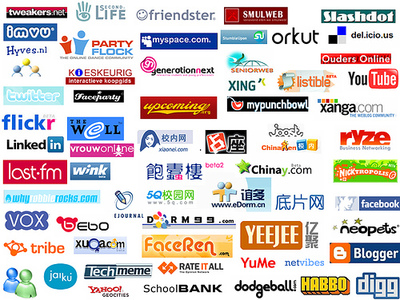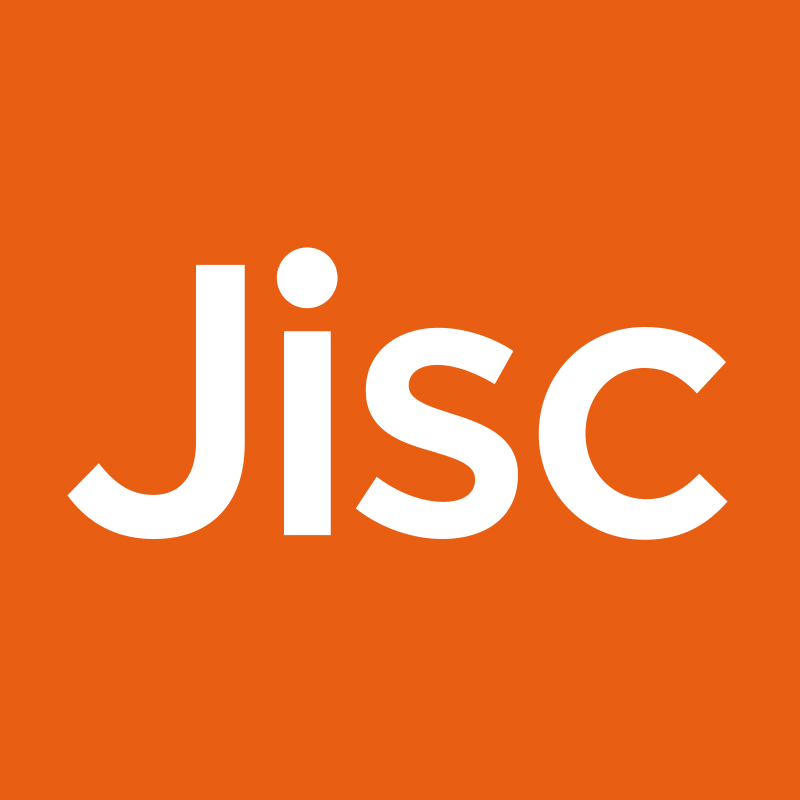
Many digitisation projects have an interest in (or feel that they should be) engaging with social networking and communication tools.
Many projects are tempted to automatically adopt the use of sites such as Twitter, Facebook, Blogger, LinkedIn, as well as share information through Flickr, Vimeo, You Tube, Second Life, Digg, StumbleUpon, Google Groups…etc….
But with so many different tools and sites out there, and with the different range of projects and outputs that digitisation produces, it can be difficult to find the tools that will really work for your project.
It is important that time is spent on using the tools that help maximise the aims and objectives of the project itself. Resources are often limited meaning that participating in Web 2.0 simply for the sake of it is not a viable option.
There might be a variety of ways to assess the use of a particular tool or site to a project, but one way would be to create a chart to plot the use of a resource against the aims and objectives of the project.
I have created a very simplistic example of what such a chart might look like.
Examples of some recent projects that have sucessfully used Twitter for their project are:
- First World War Digital Poetry Archive – Have used a range of social networking sites very effectively including Facebook and Twitter.
- East London Lives – Although this project only has a holding website, they have been able to engage a wide audience of interested followers with Twitter and Flickr.
- Serving Soldier – Again this is a young project, but have successfully used Twitter as a way to highlight interesting parts of their collection, and engage interested communities. They have also been very strong bloggers.
 Like many social networking sites, Twitter in particular is an excellent way for projects to highlight new collections they have digitised, or recently made available online.
Like many social networking sites, Twitter in particular is an excellent way for projects to highlight new collections they have digitised, or recently made available online.
It is also a wonderful way to create a ‘count down’ to the launch of a website or new online presence. Twitter also offers projects a unique way to ask for help, get feedback and call upon a vast and interested community of possible users.
Most important of all, it is fast and demands a limit on the amount of time and input it asks of you!

2 replies on “Twitter and Digitisation Projects”
[…] 1. Twitter and Digitisation Projects 2. YouTube enters the stream 3. America’s digital television transition 4. Warner zet in op video on demand 5. Open source doc about copyright and remix culture 6. Nederlands Online Film Festival start op YouTube 7. Public Resource’s FedFlix digitizing hundreds of hours of gov video archives 8. British Film Institute puts 600 hours of film online […]
[…] 1. Twitter and Digitisation Projects 2. YouTube enters the stream 3. America’s digital television transition 4. Warner zet in op video on demand 5. Open source doc about copyright and remix culture 6. Nederlands Online Film Festival start op YouTube 7. Public Resource’s FedFlix digitizing hundreds of hours of gov video archives 8. British Film Institute puts 600 hours of film online […]